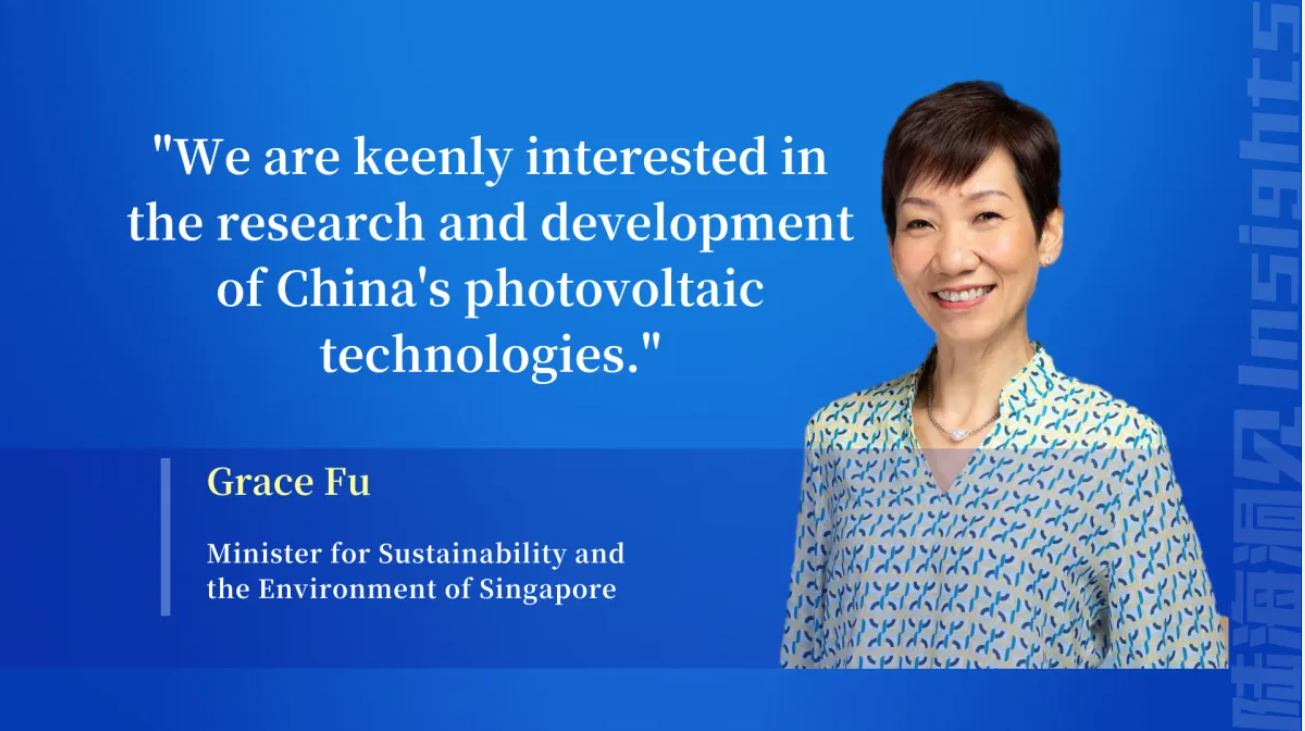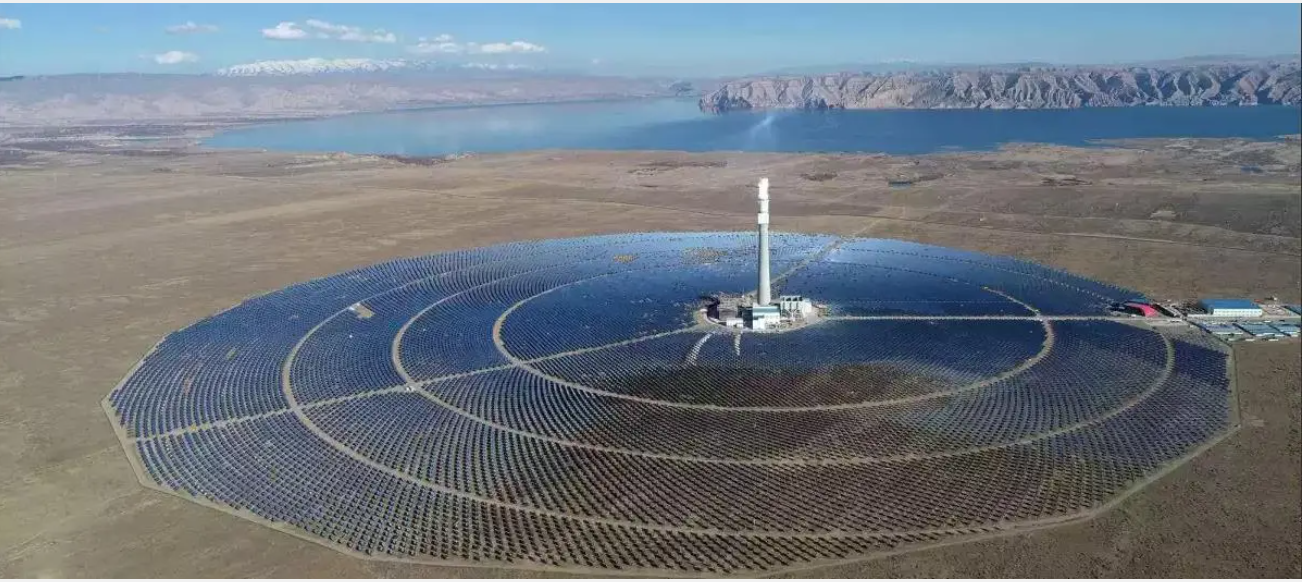Chongqing - "We have extensive cooperation between China and Singapore in the crucial areas of carbon reduction and environmental protection," said Ms. Grace Fu, Minister for Sustainability and the Environment of Singapore, during a fireside chat at the 15th Chinese Journalists Visit Programme (CJVP) on July 26.
Fu spoke passionately about Singapore's dedication to sustainable development. She highlighted the nation's significant strides in environmental initiatives, such as its detailed green plan and strategies to counteract climate change.
Fu outlined Singapore's forward-thinking vision, centered around five fundamental pillars for green development by 2030. These are "City in Nature," to incorporate green spaces within urban landscapes, "Sustainable Living," to encourage environmentally conscious practices, "Energy Reset," to transition towards cleaner and renewable energy sources, "Green Economy," to foster sustainable businesses, and "Resilient Future," to better prepare for climate-related challenges.

Ms. Grace Fu, Minister for Sustainability and the Environment of Singapore. (Photo/Chen Yingzhu)
Combatting the UHI effect through greening initiatives
One of the paramount challenges in the global fight against climate change is the urban heat island (UHI) effect. This phenomenon, where urban locales experience heightened temperatures compared to their rural surroundings, warrants urgent intervention.
The UHI effect arises when natural landscapes are replaced with urban structures that absorb and retain heat. Such environments lead to elevated energy consumption, increased air pollution, and more instances of heat-related illnesses and deaths, as noted by the United States Environmental Protection Agency.
To address this, Fu has championed various strategies. She advocates for augmenting urban greenery since vegetation crucially absorbs excess heat and offers a cooling shield.
Singapore's greening measures are evolving in significance, targeting an enhancement of the nation's natural assets and cultivating a more verdant environment. As part of this initiative, the green plan envisions expanding the city's park areas by 50% compared to 2020 figures, driven by tree planting campaigns and improvements in existing parks.

China's solar photovoltaic base. (Photo/Xinhua News)
Fu also underscored the need for innovative construction materials that not only harness solar energy but also help in cooling surroundings. Such advancements can play a pivotal role in mitigating the UHI effect and its detrimental effects on both the environment and human well-being.
Harnessing China's expertise in solar energy
In emphasizing the role of global collaborations, Fu stated that the multifaceted issue of climate change cannot be tackled by nations in isolation. A collective global effort is pivotal for genuine advancements.
She lauded China's expansive photovoltaic system, which boasts a wider reach than Singapore's. "We are keenly interested in the research and development of photovoltaic technologies," Fu shared.
With "Energy Reset" forming the linchpin of its eco-strategy, Singapore is determined to magnify its solar deployment, targeting a quintuple increase by 2030.
Fu spoke of Singapore's ambitions to forge sustainable energy partnerships. She spotlighted the nation's intent to import green energy from neighboring countries, with China as a leading partner. "Chinese technology and experience can be truly invaluable for us," she observed.
An exemplary collaboration in this realm is between Keppel Corporation, a notable Singaporean entity, and the Hongkong and Shanghai Banking Corporation Limited. Together, they aim to deliver innovative decarbonization and sustainability solutions in urban hubs within the Greater Bay Area (GBA) like Guangzhou, Shenzhen, and Hong Kong. This partnership also extends to diverse locations across Asia.
扫一扫在手机打开当前页